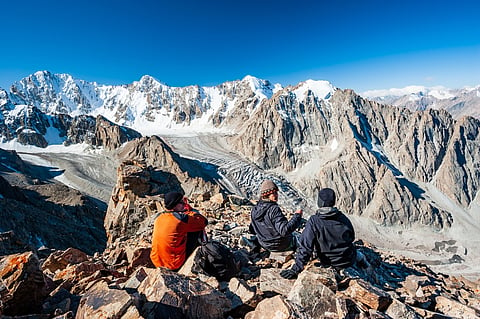
- Destinations
- Experiences
- Stay
- What's new
- Celebrating People
- Responsible Tourism
- CampaignsCampaigns
- Subscribe
- Buy Now

Europe's Alpine trails lead to some of the continent's most beautiful peaks, and they are among the most popular hiking routes in the world. Around this time every summer, hikers and tourists travel through these routes that are usually safe this time of year. But a combination of melting glaciers, falling rocks due to unusually dry weather, forest forest, and thawing permafrost have made the routes too dangerous to navigate.
"Currently in the Alps, there are warnings for about ten peaks, including iconic peaks like the Matterhorn and Mont Blanc," the secretary general of the Swiss Mountain Guides Association, Pierre Mathey, told AFP. "Normally these are closures that we see rather in August. And there they took place in late June, early July."
Meanwhile, guides who usually take thousands of tourists to the highest peaks in Europe each year have decided not to use certain routes to climb Mont Blanc. Authorities in the French Alps have closed down two popular mountain shelters used by Mont Blanc climbers because of potentially deadly drought-related rockfalls. In a year marked by drought and heatwaves, rockfalls and gaping crevices have made access to the top of Mont Blanc, western Europe's highest mountain, even more difficult and perilous.
In Switzerland, guides have also given up the ascent of the famous Jungfrau. They advised against following the routes on the Italian and Swiss sides of the Matterhorn.
Temperature increases are causing an alarming rate of glacier melt and habitat loss in the mountains. The contiguous United States' largest glaciated summit, Mount Rainier in Washington state, saw glacier melting at a rate that broke records in 2015. Wider crevasses and debris slides earlier in the season were the result of glaciers retreating in early July to levels typically observed in late summer.
For mountain climbers on well-traveled routes on mountains, these abrupt changes in glacial terrains are presenting challenges as the gorgeous landscapes all around us are being eroded by climate change.
